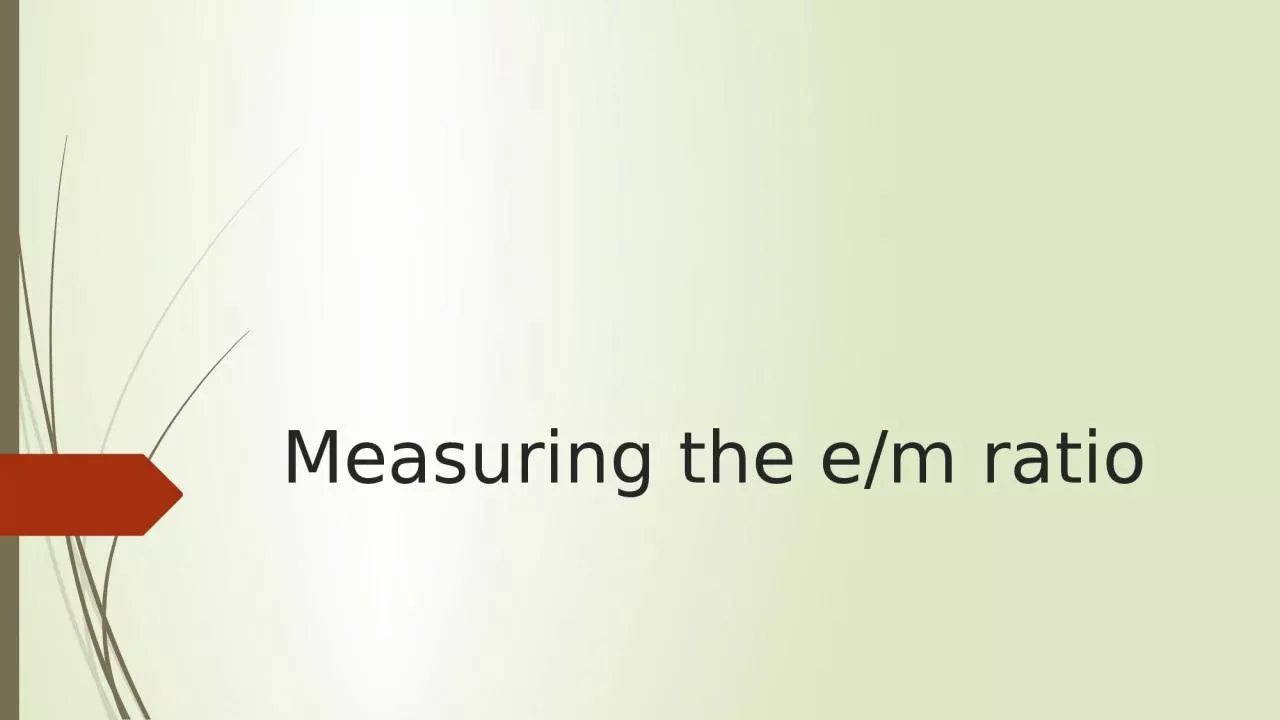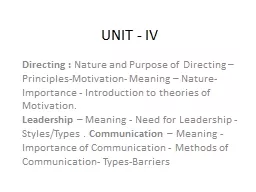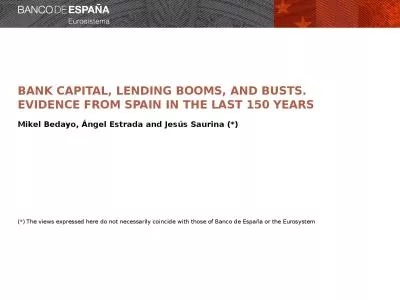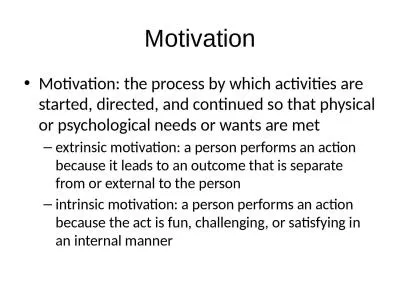PPT-Measuring the e/m ratio Motivation
Author : jainy | Published Date : 2023-10-04
In 1897 JJ Thomson set out to prove that cathode rays originating from a heated cathode electron gun were actually a stream of small negatively charged particles
Presentation Embed Code
Download Presentation
Download Presentation The PPT/PDF document "Measuring the e/m ratio Motivation" is the property of its rightful owner. Permission is granted to download and print the materials on this website for personal, non-commercial use only, and to display it on your personal computer provided you do not modify the materials and that you retain all copyright notices contained in the materials. By downloading content from our website, you accept the terms of this agreement.
Measuring the e/m ratio Motivation: Transcript
Download Rules Of Document
"Measuring the e/m ratio Motivation"The content belongs to its owner. You may download and print it for personal use, without modification, and keep all copyright notices. By downloading, you agree to these terms.
Related Documents














